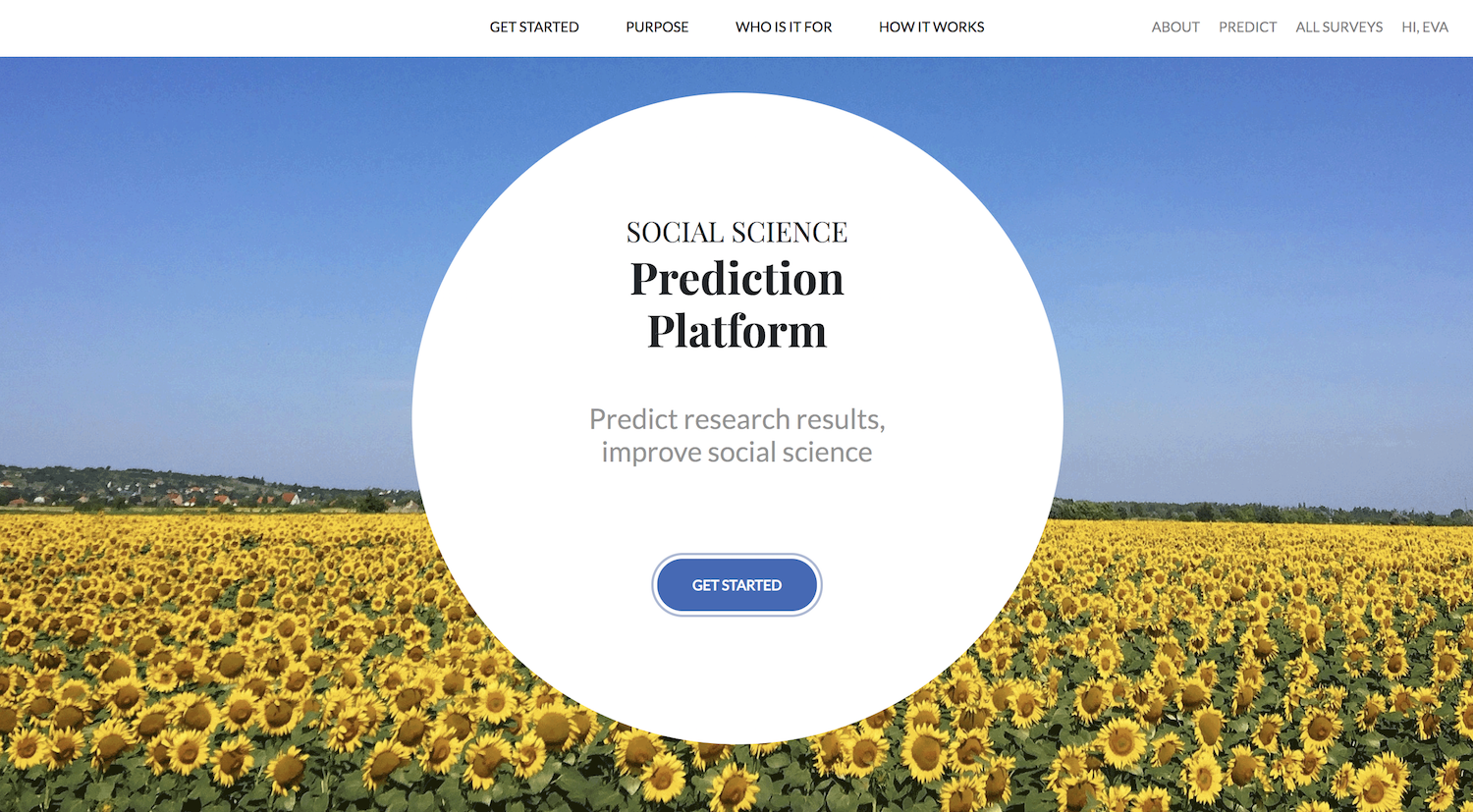Location: Toronto, Canada
Job description: The Social Science Prediction Platform is an online platform that enables researchers to collect ex ante forecasts of what their studies will find. These forecasts can be useful in a number of applications, some of which are summarized in this Science Policy Forum piece.
Profs. Stefano DellaVigna (UC Berkeley) and Eva Vivalt (University of Toronto) are seeking a pre-doctoral research associate to assist with the Social Science Prediction Platform and be an integral part of the team. The position will be full-time and last for a minimum of one year with the possibility of extension. The Fellow will be based in the Department of Economics at the University of Toronto. Work authorization in Canada, whether by citizenship or an open work permit, is strictly required. Past research assistants working with Eva Vivalt on other projects have subsequently gained admission to top PhD programs in Economics and Political Science.
Duties may include:
- Cleaning and analyzing data related to the project;
- Designing and testing forecasting surveys for randomized controlled trials in a number of fields, including behavioral economics, development economics, experimental economics, and labor economics;
- Liaising with researchers at other universities regarding their projects;
- Participating in weekly team meetings with the PIs and other staff.
Minimum required education and experience:
- Bachelor’s degree in economics, computer science, mathematics, statistics, or a related field.
Preferred education and experience:
- Experience with a programming language such as Stata, R, or Python;
- Previous research experience, such as through past research assistantships or an independent research project;
- Strong quantitative background;
- Experience with Qualtrics survey software;
- An interest in pursuing a PhD in Economics or a related field.
Start date: as soon as possible
How to apply: please fill out an application here to apply.

